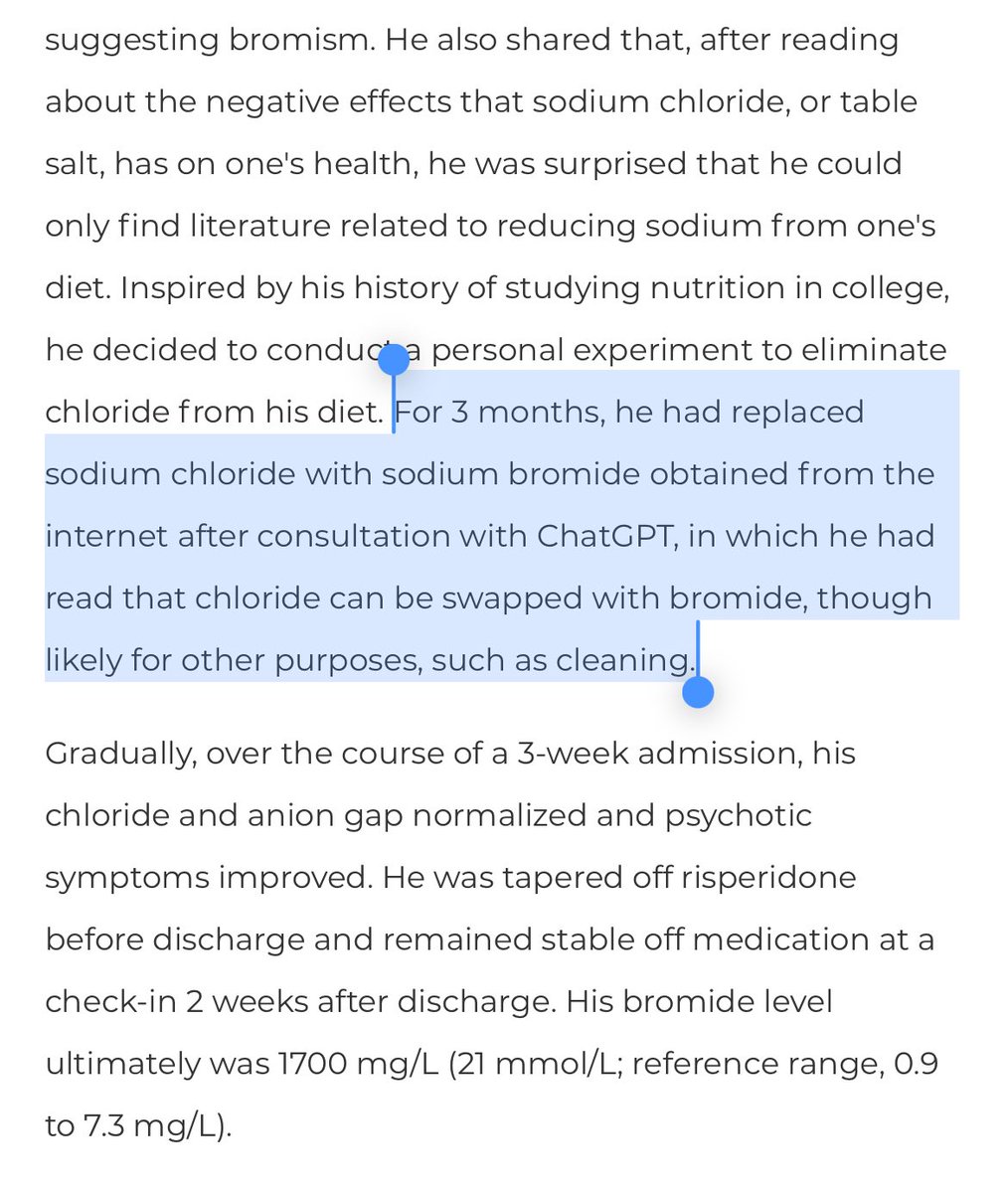"Hey what’s this funny donut 🍩 stuck on the crash cart?"
It's a 🧲 magnet! We keep it there because it can be life-saving if applied over a pacemaker or ICD.
A 🧵about magnets, pacemakers & ICDs. Some useful facts that everyone in an ICU ought to know.
#FOAMcc #FOAMed
1/


It's a 🧲 magnet! We keep it there because it can be life-saving if applied over a pacemaker or ICD.
A 🧵about magnets, pacemakers & ICDs. Some useful facts that everyone in an ICU ought to know.
#FOAMcc #FOAMed
1/


(re-tweeting the thread to fix a few minor errors)
Pre-tweetorial question:
What happens when you place a magnet on an ICD?
* note that the results vary by device programming & manufacturer (more on this later)
2/
Pre-tweetorial question:
What happens when you place a magnet on an ICD?
* note that the results vary by device programming & manufacturer (more on this later)
2/
The answer is A&B. Unlike applying a magnet 🧲 to a pacemaker, for most ICDs applying a magnet only stops the anti-tachycardia therapies.
More on the details later.
But first a quick review on pacer/ICDs.
3/
More on the details later.
But first a quick review on pacer/ICDs.
3/
Pacemakers electrically *stimulate* either the atria, ventricle, or both.
Most also *sense* the patients rhythm. This way they avoid pacing on top of the person’s native beats.
4/

Most also *sense* the patients rhythm. This way they avoid pacing on top of the person’s native beats.
4/


In contrast, Implantable Cardioverter Defibrillators (ICDs) *sense* the rhythm & respond to arrhythmias.
When ICDs sense a life-threatening arrhythmia (VT, VF) they can *cardiovert/defibrillate* or perform *anti-tachycardia pacing*.
All ICDs can also function as pacemakers.
5/

When ICDs sense a life-threatening arrhythmia (VT, VF) they can *cardiovert/defibrillate* or perform *anti-tachycardia pacing*.
All ICDs can also function as pacemakers.
5/


You can usually spot an ICD on CXR because the leads have thick “shock coils" for cardioversion.
(If you are wondering why ICDs have “shock coils" it’s to distribute energy over a larger area to avoid tissue damage. Just like external defib pads!)
pubs.rsna.org/doi/epdf/10.11…
6/

(If you are wondering why ICDs have “shock coils" it’s to distribute energy over a larger area to avoid tissue damage. Just like external defib pads!)
pubs.rsna.org/doi/epdf/10.11…
6/


Pacemakers & ICDs are lifesaving, but occasionally they malfunction (broken lead, trouble sensing, etc).
There’s also certain circumstances (electrosurgery, EOL, etc) where we need to disable certain device functions.
That’s where 🧲 magnets & simple electronics come in!
7/
There’s also certain circumstances (electrosurgery, EOL, etc) where we need to disable certain device functions.
That’s where 🧲 magnets & simple electronics come in!
7/
Before we get to what happens, how does the pacemaker/ICD know that a magnet has been applied?
One of two technologies:
-a Reed switch (older devices)
-a Hall effect sensor (newer devices)
8/
One of two technologies:
-a Reed switch (older devices)
-a Hall effect sensor (newer devices)
8/

The first - a Reed switch - is a super simple device:
It's just two flexible wires that will close a circuit if a magnetic field is applied.
Doesn't get much simpler than that!
9/
It's just two flexible wires that will close a circuit if a magnetic field is applied.
Doesn't get much simpler than that!
9/
Fun fact: You have almost certainly interacted with a Reed Switch today. You just didn’t know it.
Here are very two common household examples:
11/

Here are very two common household examples:
11/


More modern pacemakers/ICDs (including all MRI conditional ones) use a slightly more sophisticated device: a Hall Effect sensor.
Hall Effect sensors are more sensitive & output a voltage proportional to the magnetic field strength.
This is more info than just open/close.
12/
Hall Effect sensors are more sensitive & output a voltage proportional to the magnetic field strength.
This is more info than just open/close.
12/
Like a Reed Switch, you’ve almost certainly interacted with a Hall effect sensor today.
They are used to measure the RPMs on rotating parts. For example in a car transmission or an exercise bike . (Yes there’s 1 in a peloton!)
They also provide the compass in smart phones.
13/
They are used to measure the RPMs on rotating parts. For example in a car transmission or an exercise bike . (Yes there’s 1 in a peloton!)
They also provide the compass in smart phones.
13/
So now that we know how implanted devices sense magnets. What happens if we put a magnet on a pacemaker?
Here’s a great example from ECGpedia.
en.ecgpedia.org/wiki/McGill_Ca…
13/

Here’s a great example from ECGpedia.
en.ecgpedia.org/wiki/McGill_Ca…
13/


Applying a magnet to most* pacemakers puts them an asynchronous mode (e.g. it stops sensing) but continues pacing at a fixed rate.
Specifically, it will put a pacer into AOO/VOO/DOO mode (depending on if what leads are present).
(*note: some not programmed this way!)
14/
Specifically, it will put a pacer into AOO/VOO/DOO mode (depending on if what leads are present).
(*note: some not programmed this way!)
14/
Why would we want to do this?
Inappropriate pacing can cause Pacemaker mediated tachycardia (AKA "endless loop tachycardia") wherein the pacer V lead fires, senses a retrograde atrial conduction, & fires again... endlessly.
Applying a magnet interrupts this endless loop!
15/
Inappropriate pacing can cause Pacemaker mediated tachycardia (AKA "endless loop tachycardia") wherein the pacer V lead fires, senses a retrograde atrial conduction, & fires again... endlessly.
Applying a magnet interrupts this endless loop!
15/

Another situation occasionally encountered in the OR, is that a pacemaker may respond inappropriate to electrocautery pulses.
Usually these pulse are mistook for native complexes and the device UNDER-paces as a result, potentially causing bradycardia
ahajournals.org/doi/10.1161/CI…
16/


Usually these pulse are mistook for native complexes and the device UNDER-paces as a result, potentially causing bradycardia
ahajournals.org/doi/10.1161/CI…
16/



Interestingly, with a 🧲 magnet applied, some older pacemakers will tell you it's battery status:
For example a BS pacer will beat at 100 bpm if the battery is full🔋& 85 bpm if low 🪫
(beginning of life=BOL, elective replacement=ERT)
See this algo👇
academic.oup.com/europace/artic…
17/
For example a BS pacer will beat at 100 bpm if the battery is full🔋& 85 bpm if low 🪫
(beginning of life=BOL, elective replacement=ERT)
See this algo👇
academic.oup.com/europace/artic…
17/

What about putting a magnet on an ICD?
The details vary by manufacturer, but in general it will:
- disable all tachy-therapies (pacing, cardioversion, & defibrillation)
- on most devices it does NOT effect pacemaker functions (unlike a pacemaker)
19/
The details vary by manufacturer, but in general it will:
- disable all tachy-therapies (pacing, cardioversion, & defibrillation)
- on most devices it does NOT effect pacemaker functions (unlike a pacemaker)
19/

Note that this is an important contrast between ICDs and pacemakers - and something I did a really bad job explaining in an earlier version of this thread!
Many thanks to the courageous EP and cardiologist of twitter who educated me
20/
Many thanks to the courageous EP and cardiologist of twitter who educated me
20/
But why would you ever want to turn off a ICD’s anti-tachycardia function?
Three reasons:
-to stop inappropriate shocks from being delivered
-to prevent the ICD from firing inappropriately due to electrocautery
-to avoid painful shocks as part of DNR/comfort care
21/
Three reasons:
-to stop inappropriate shocks from being delivered
-to prevent the ICD from firing inappropriately due to electrocautery
-to avoid painful shocks as part of DNR/comfort care
21/
For example a fractured ICD lead can cause improper sensing leading to multiple inappropriate shocks ⚡. Ouch!
Applying a ring 🧲 magnet will temporarily stop the ICD from delivering more unnecessary shocks. (this person will need the lead replaced)
cardiocases.com/en/pacingdefib…
22/

Applying a ring 🧲 magnet will temporarily stop the ICD from delivering more unnecessary shocks. (this person will need the lead replaced)
cardiocases.com/en/pacingdefib…
22/


Another situation we sometimes see in the ICU is ICDs at the end of life.
Defibrillation by ICD is generally inconsistent with the goals of people who are DNR.
Applying a magnet can help avoid the anguish of futile shocks in a dying person.
See here: mypcnow.org/fast-fact/impl…
23/
Defibrillation by ICD is generally inconsistent with the goals of people who are DNR.
Applying a magnet can help avoid the anguish of futile shocks in a dying person.
See here: mypcnow.org/fast-fact/impl…
23/
Note that using a magnet for ICD deactivation at EOL is really only a stopgap measure.
A better solution to taping a magnet to someone's chest is to have the device rep come in and deactivate the ICD. Depending on where you work this can be pretty quick (hours).
24/
A better solution to taping a magnet to someone's chest is to have the device rep come in and deactivate the ICD. Depending on where you work this can be pretty quick (hours).
24/
To summarize, we learned:
- how pacemakers & ICDs respond to magnets (& how it's different!)
- what happens when a magnet is applied
- specific times that is useful to apply a magnet
(bonus: you even learned about magnetic sensors in everyday devices!)
Hope you enjoyed!
25/
- how pacemakers & ICDs respond to magnets (& how it's different!)
- what happens when a magnet is applied
- specific times that is useful to apply a magnet
(bonus: you even learned about magnetic sensors in everyday devices!)
Hope you enjoyed!
25/
Ok a few more bonus 🧲 facts:
Not quite *every* pacemaker is magnet responsive.
The newest & smallest pacemakers, which are implanted via catheter directly in the ventricular wall, do NOT respond to an external magnet.
ncbi.nlm.nih.gov/pmc/articles/P…
24/
Not quite *every* pacemaker is magnet responsive.
The newest & smallest pacemakers, which are implanted via catheter directly in the ventricular wall, do NOT respond to an external magnet.
ncbi.nlm.nih.gov/pmc/articles/P…
24/

• • •
Missing some Tweet in this thread? You can try to
force a refresh


































